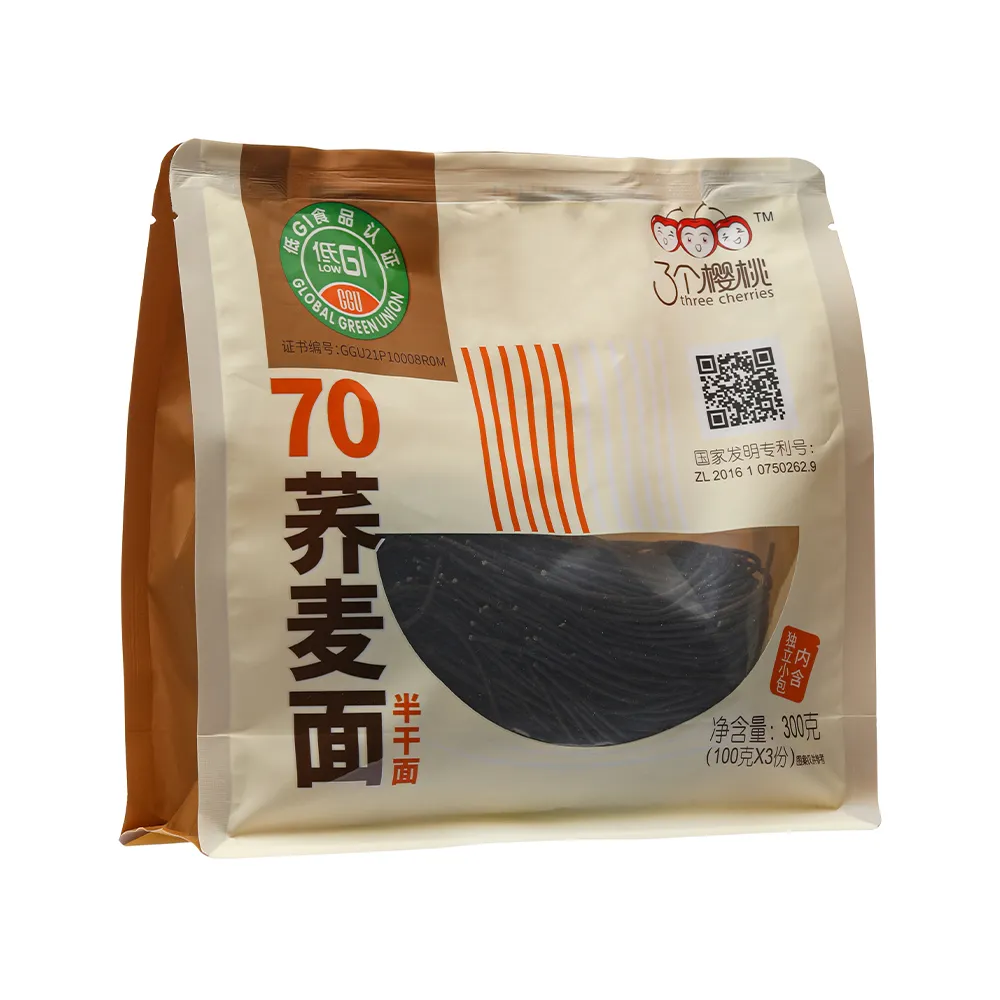Pure Buckwheat Soba Noodles for Healthy Eating Experience
The Nutritional and Culinary Wonders of 100% Buckwheat Soba
Soba, a traditional Japanese noodle, has gained international acclaim for its unique flavor and impressive health benefits. While many sushi and ramen enthusiasts might gravitate towards more common wheat-based noodles, 100% buckwheat soba offers a gluten-free alternative that is as delectable as it is nutritious. Made entirely from buckwheat flour, these noodles are packed with natural goodness and a distinct earthy flavor that sets them apart from their wheat counterparts.
What is Buckwheat?
Contrary to its name, buckwheat is not a type of wheat; it is a pseudo-grain related to rhubarb. Native to Asia and Eastern Europe, buckwheat is harvested from the seeds of the plant Fagopyrum esculentum. Gluten-free and rich in nutrients, it has been cultivated for thousands of years and serves as a staple food in various cultures. Buckwheat is particularly abundant in fiber, antioxidants, and essential amino acids, making it an excellent choice for those seeking a healthy diet.
Nutritional Benefits of 100% Buckwheat Soba
One of the major advantages of 100% buckwheat soba is its rich nutritional profile. Compared to traditional wheat noodles, buckwheat soba has a lower glycemic index, which means it can help regulate blood sugar levels and provide sustained energy. It is also high in protein—offering about 13 grams per 100 grams of noodles—making it an excellent option for vegetarians and vegans looking to fulfill their protein needs.
Moreover, buckwheat is a source of important vitamins and minerals, including magnesium, phosphorus, and B vitamins. The dietary fiber found in buckwheat supports digestive health and can promote feelings of fullness, making it easier for individuals to maintain a healthy weight. Additionally, buckwheat contains antioxidants, such as rutin and quercetin, which help combat oxidative stress and inflammation in the body.
Culinary Uses of Buckwheat Soba
Buckwheat soba is an incredibly versatile ingredient in the kitchen. Its nutty flavor complements a variety of dishes, whether served hot or cold. One of the most popular ways to enjoy soba is in a refreshing cold salad, known as zarusoba. It is typically served with a dipping sauce made from soy sauce, mirin, and dashi, allowing diners to experience the delicate taste of the noodles themselves.
100 buckwheat soba

For those who prefer a warm dish, buckwheat soba can be featured in a hearty broth with vegetables, tofu, or meat. The noodles absorb the flavors of the broth beautifully, enhancing the overall taste of the dish. Additionally, soba is often used in stir-fry recipes, adding a unique texture and flavor that wheat noodles simply cannot replicate.
Tips for Cooking Soba Noodles
Cooking 100% buckwheat soba is slightly different from cooking traditional wheat soba. Since these noodles are gluten-free, they require careful handling to prevent them from becoming mushy. Here are some tips for cooking them perfectly
1. Boil the Water Use a large pot of rapidly boiling water to ensure that the noodles cook evenly.
2. Don’t Overcook Soba noodles typically take around 4-6 minutes to cook. Taste a strand periodically to ensure they remain al dente.
3. Rinse After Cooking Once the noodles are cooked, drain them and rinse them under cold water to remove the excess starch and stop the cooking process. This step is especially important for cold dishes.
4. Serve Immediately Whether you're preparing a hot or cold dish, it's best to serve soba noodles right after cooking for optimum texture and flavor.
Conclusion
In summary, 100% buckwheat soba is a remarkable ingredient that not only caters to those with dietary restrictions but also enhances culinary creativity. Its nutritional benefits, combined with its versatility in various dishes, make it a must-try for health-conscious individuals and food lovers alike. Whether enjoyed in a traditional Japanese meal or integrated into a contemporary dish, buckwheat soba provides a delightful and nutritious experience that can be savored by everyone.
-
Unleash Your Inner Chef with Delectable Italian Pasta CreationsNewsAug.01,2025
-
Savor Health and Flavor: Irresistible Soba Noodles for Sale Await!NewsAug.01,2025
-
Nourish Your Body with Premium Organic Ramen - A Culinary Delight AwaitsNewsAug.01,2025
-
Elevate Your Dishes with Our Exquisite Kinds of Egg NoodlesNewsAug.01,2025
-
Dive into Flavorful Convenience with Our Ramen OfferingsNewsAug.01,2025
-
Discover Exquisite Types of Naengmyeon and Chilled Soba NoodlesNewsAug.01,2025
-
Is Whole Wheat Pasta Healthy?NewsMay.30,2025
Browse qua the following product new the we

















































































































